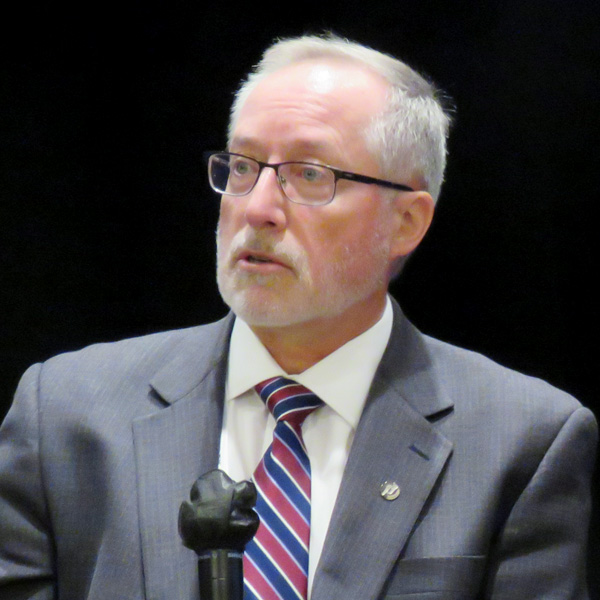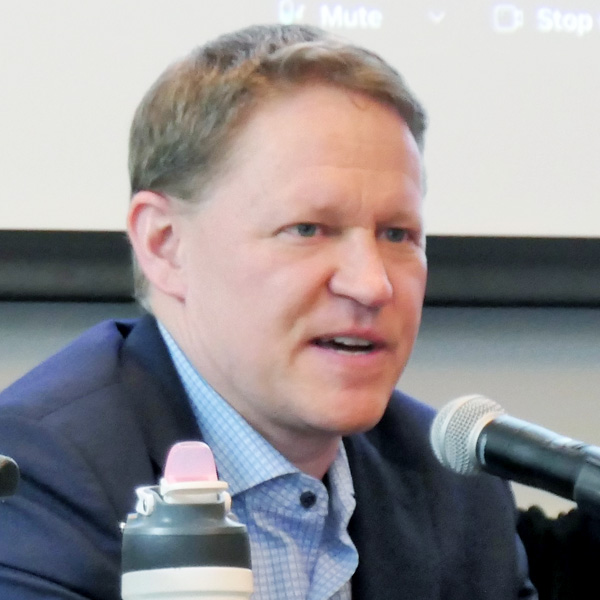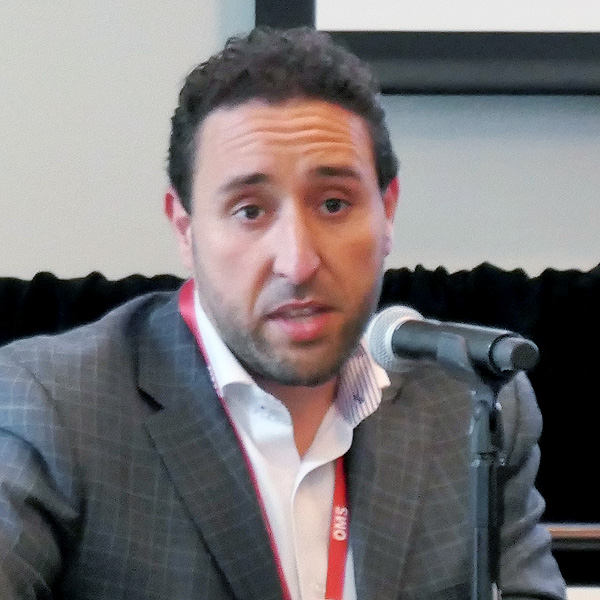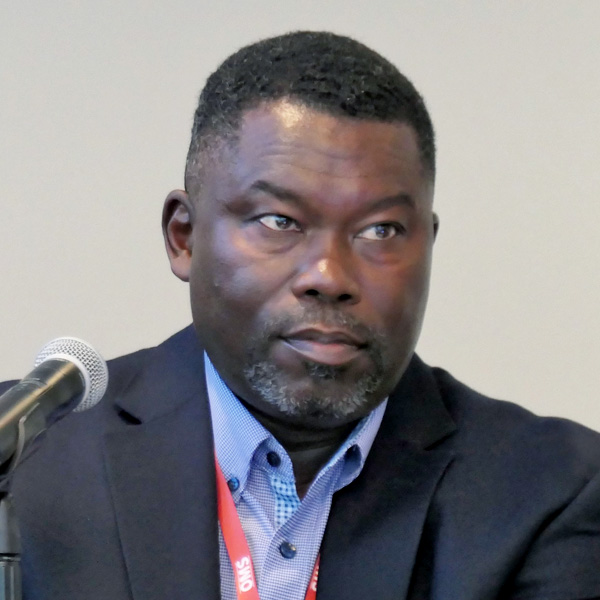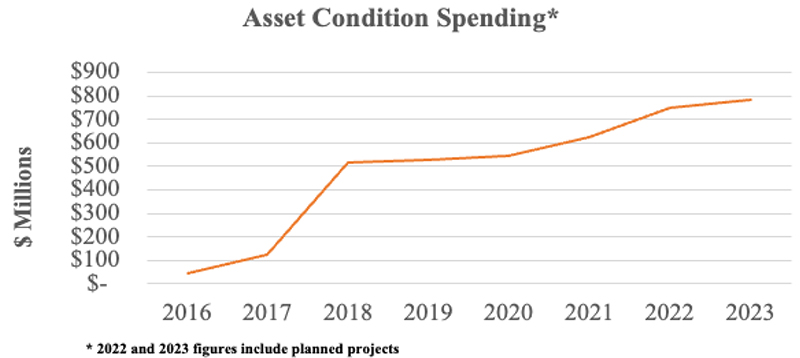Electricity prices in organized markets are set by a single clearing price at a given location and a given time. This is the same price-setting mechanism for all commodities, as well as for publicly traded financial instruments like stocks.
How We Got Here
The wisdom of this mechanism has been explained many times. The most cogent explanation is a two-page summary by Maryland professor Peter Cramton, and an accompanying longer piece by Texas professor Ross Baldick, which in turn cites seminal works by Alfred Kahn, Steven Stoft, Sue Tierney and other worthies.[1] If you care about rational market design, please look at these.
Let me quote from Cramton: “The single clearing-price auction is important because of its simplicity and effectiveness at answering the most basic questions: who should get the goods, who should produce the goods, and at what prices. Based on each market participant’s expressed preference, the single clearing-price auction awards the goods to all consumers who value the goods more than the cost (the clearing price) and the goods are produced by all suppliers who have a cost less than their payment (the clearing price). In this way, the clearing-price auction maximizes gains from trade: consumption comes from demand with the highest values and production comes from supply with the lowest cost. This is perhaps the most celebrated result in economics.”
Latest Revisionism
FERC Commissioner Mark Christie challenges the single clearing price mechanism in an Energy Law Journal article.[2] He observes that every resource is paid the highest price that is paid to the last resource needed to meet demand. Which is of course true.
But the flip side is also true: Consumers pay the lowest price that will secure sufficient resources to meet their collective demand. Should consumers, instead of paying a single clearing price, pay what the electricity is worth to them? So instead of paying, say, $50/MWh, should they pay their “value of lost load” of, say, $5,000/MWh? 100 times what they pay now?
Because consumer demand for electricity is inelastic, the “consumer surplus” (essentially net consumer benefit) under a single clearing price is a zillion times the “producer surplus” (essentially net producer benefit).[3] Christie would further diminish the relatively small producer surplus and add to the already immense consumer surplus. Without explaining why.[4]
Renewable Marginal Costs
Commissioner Christie says renewables’ very low (or negative) marginal costs do not flow through to consumers, which he suggests fixing by paying renewable projects what they bid: “pay-as-bid.” But of course renewable developers wouldn’t build such projects if they were to receive prices based on their marginal costs instead of single clearing prices. The return on and of capital when a producer receives its marginal cost is zero point zero.
And as Alfred Kahn pointed out 20 years ago: “The critical assumption is, of course, that after the market rules are changed, generators will bid just as they had before. The one absolute certainty, however, is that they will not.”[5]
Myriad Other Deficiencies in Pay-as-bid
Not to mention myriad other deficiencies in pay-as-bid. As Baldick observed: “From a practical perspective, there is no empirical or experimental evidence that pay-as-bid would reduce prices significantly compared to single clearing price. … the theoretical, experimental and empirical evidence does not support a change to pay-as-bid. There are also a number of very serious drawbacks to pay-as-bid, including: inefficient dispatch; difficulty of participation for small, competitive asset owners; the reduced ability of demand response to mitigate market power; and difficulties for market monitoring.”
A comprehensive dissection of pay-as-bid is here, concluding among other things that prices for consumers would likely be higher under pay-as-bid.[6]
Reliability Challenge from Subsidized Renewable Resources
Christie says renewable subsidies suppressing energy prices challenge reliability in organized markets. Yes. But that is precisely why we need capacity markets — now more than ever — so sufficient dispatchable resources (or functional equivalent) are procured to meet peak demand.
Christie disparages renewable subsidies. He seems to think it’s OK to somehow offset these subsidies by changing energy market design to restore “true markets in which competitors operate on a level playing field.” Making it FERC’s job to override Congress?
Capacity Market Granularity
Speaking of capacity markets, Christie says they are not as granular as energy markets, with price differences “at best zonal.” Actually, in PJM, locational deliverability areas (LDAs) can be and are sub-zonal as warranted.[7] But more important, the reasoning for LDAs was provided in excruciating detail in PJM testimony some 18 years ago,[8] and approved by FERC for PJM following similar approvals for ISO-NE and NYISO.[9] Nothing has changed to undermine that reasoning.
Who’s Speculating with Whose Money?
Christie says RTOs with capacity markets are speculating on future supply and demand just like vertically integrated utilities are speculating.
This is not correct. Competing resource providers in RTOs “speculate” on future revenue streams with investor money. Vertically integrated monopoly utilities don’t compete and don’t “speculate” — they get guaranteed (and excessive) returns with captive consumers’ money, as I’ve discussed before.[10]
Poster child: Southern Co.’s Vogtle Units 3 and 4 — $16 billion over budget and seven years late.[11]
This is just like the contrast between competition and monopoly in transmission facilities, if I might bang that drum again.[12]
As that utility CEO famously said in 1995, “This is the only industry I’ve ever seen where you can increase your profits by redecorating your office.”[13]
And as Pat Wood has said since 1996, “Even on my best day [as a regulator] I can’t substitute for what the market and competition can do.”[14]
Real-time and Day-ahead Energy Markets
Christie draws a distinction between real-time energy markets and day-ahead energy markets. Most RTOs have both.
What’s relevant here is that Christie attaches some significance to his claim that the real-time energy markets “enable the buying and selling of a physical product, the electrical power itself,” in supposed contrast to the day-ahead markets, which he says enable trading in “a financial product, a contract setting a price of power to be delivered the next day.”
I’m not sure what the point of this is, but I would repeat from past columns that electricity is not a physical product — even the electrons don’t move.[15] And both real time and day ahead markets clear in dollars, so they’re both “financial” in that sense. Finally, “real time” is somewhat of a misnomer. In PJM, for example, the real-time market is cleared based on offers that can’t be changed fewer than 65 minutes before the operating hour.[16] Is there some fundamental difference between an hour-ahead market and a day-ahead market? No.
Standard Market Design
Before I wrap up, please let me address Christie’s dismissal of what he calls the “misbegotten” Standard Market Design, which he says “crashed and burned.”[17] As I explained seven years ago, there were 10 core elements of Standard Market Design, and all 10 got implemented in the RTOs.[18] The vision of Pat Wood, Nora Brownell, Bill Massey and Linda Breathitt ultimately prevailed, helping save consumers tens of billions in avoided nuclear costs alone.[19] Kudos to them.
It’s Tough Enough
We have a collective challenge in the industry of making a difficult and expensive energy transition with incredible challenges. If we have to revisit core principles like the single clearing price mechanism, we’ll never get out of the starting gate.
Columnist Steve Huntoon, principal of Energy Counsel LLP, and a former president of the Energy Bar Association, has been practicing energy law for more than 30 years.
[2] https://www.eba-net.org/wp-content/uploads/2023/05/3-Commr-Christie1-30-1.pdf. The RTO Insider article hitting the high points is here, https://www.rtoinsider.com/articles/32168-ferc-christie-reassessment-single-clearing-price?utm_source=Newsletter&utm_medium=email&utm_content=Today+@+RTO+Insider&utm_campaign=Daily+News+for+Paid+++Trial+Subscribers:+05/10/2023.
[6] https://kylewoodward.com/blog-data/pdfs/references/tierney+schatzki+mukerji-new-york-iso-2008A.pdf. “Although pay-as-bid auctions are frequently promoted as a way to reduce consumers’ overall expenditures for wholesale power, we conclude that switching to a pay-as-bid approach would likely produce just the opposite result.” (page 2)
[7] In PJM sub-zonal LDAs are DPL South, PS North and ATSI-Cleveland. Criteria for creation of new LDAs are set forth in PJM Manual 18, section 2.3.3, and PJM Manual 14B, Attachment C, section C.2.1.2.
[8] https://elibrary.ferc.gov/eLibrary/filedownload?fileid=00C50E59-66E2-5005-8110-C31FAFC91712, PJM Filing at FERC, Docket No. ER05-1410, Volume 2, Testimony of Steven R. Herling, pdf pages 43-57.
[9] PJM Interconnection, L.L.C., 115 FERC ¶ 61,079 at PP 29-52 (2006) (citing prior orders involving ISO-NE and NYISO at P 51); 119 FERC ¶ 61,318 at PP 73-87 (2007).
[10] https://energy-counsel.com/wp-content/uploads/2022/10/Nice-Work-If-You-Can-Get-It-Take-2.pdf, https://www.energy-counsel.com/docs/Nice-Work-If-You-Can-Get-It-Fortnightly-August-2016.pdf.
[11] https://www.bloomberg.com/graphics/2023-vogtle-nuclear-largest-clean-energy-plant-in-us/#xj4y7vzkg
[12] https://energy-counsel.com/wp-content/uploads/2022/07/Say-It-Ain-t-So-Joe.pdf, https://www.energy-counsel.com/docs/FERC-Order-1000-Need-More-of-Good-Thing.pdf.
[13] https://money.cnn.com/magazines/fortune/fortune_archive/1995/11/13/207697/index.htm. And for a timeless piece of investigative reporting on how the regulated utility world really works, check this out: https://www.postandcourier.com/news/power-failure-how-utilities-across-the-u-s-changed-the/article_434e8778-c880-11e7-9691-e7b11f5b3381.html?utm_source=Sailthru&utm_medium=email&utm_campaign=Issue:%202017-12-11%20Utility%20Dive%20Newsletter%20%5Bissue:13208%5.
[14] https://www.wsj.com/articles/SB842283267734755000. Most recently, https://www.rtoinsider.com/articles/31446-after-quarter-century-industry-experts-split-restructuring
[16] https://pjm.com/-/media/documents/manuals/m11.ashx, section 2.1.5. Section 2 contains mind-numbing details generally. Supply is balanced with what Commissioner Christie calls “actual load” during the operating hour through reserves, regulation and other means. https://pjm.com/-/media/documents/manuals/m12.ashx
[18] https://energy-counsel.com/wp-content/uploads/2022/04/Ultimate-Triumph-of-Standard-Market-Design-Fortnightly-December-2016.pdf
[19] Id.
